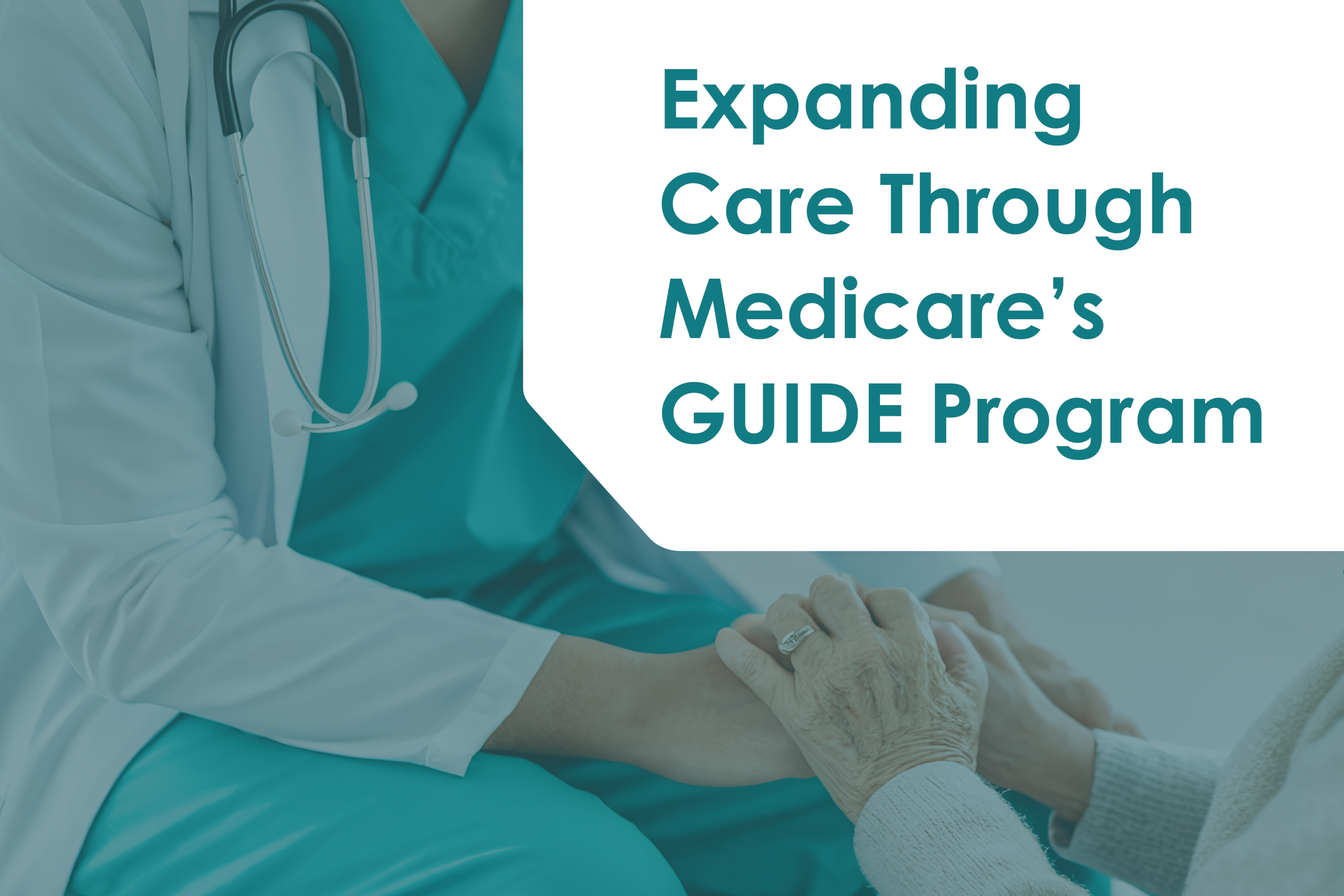- Posted on
- Home Health, Hospice, Hospice Billing, Palliative Care
Billing Differences: Home Health, Hospice & Palliative Care
When it comes to navigating the healthcare reimbursement landscape, few areas are as complex and critical as understanding the distinct payment models for palliative care, home health and hospice services. In a recent video, our CEO, Delaine Henry, breaks down these differences with clarity, highlighting the key distinctions under Medicare and Medicare Advantage plans.
Palliative Care: A Part B, Visit-Based Model
Palliative care operates under Medicare Part B and follows a visit-based revenue model, much like a traditional physician’s office. When patients receive palliative care, it’s similar to scheduling an office visit. Billing is based on individual encounters.
For Medicare beneficiaries, this means they typically owe a 20% copay, unless they have a secondary insurance or supplement. In those cases, claims are first sent to the primary payer (Medicare or Medicare Advantage), and any balance due is forwarded to the secondary payer or the patient, depending on their coverage. While this setup is relatively straightforward, it differs drastically from how home health and hospice care are reimbursed.
Home Health and Hospice: Covered Under Medicare Part A
Both home health and hospice services fall under Medicare Part A, which means that, for patients with traditional Medicare, these services are covered without deductibles or copays. However, the similarities end there, especially when comparing the payment methodologies and navigating Medicare Advantage plans.
Depending on the contract, some Medicare Advantage plans:
- Pay exactly what Medicare would pay under PDGM,
- Offer a reduced percentage of Medicare’s payment,
- Reimburse per visit, or
- Calculate payment using the lesser of two values: the PDGM score or the charges submitted per visit.
This variability makes contracting an especially crucial component of home health reimbursement strategy. Agencies must carefully analyze how each plan calculates payments and what documentation or coding practices affect the ultimate reimbursement amount.
Why This Matters for Providers
Understanding these nuanced differences is essential not only for compliance but for maintaining financial sustainability in an evolving payment landscape. Agencies offering multiple types of care—palliative, home health and hospice—must adopt different billing strategies for each service line, while also ensuring staff are trained to handle each model’s requirements.
The takeaway is that while palliative care may mirror more traditional outpatient billing, home health and hospice require a much deeper understanding of contractual structures, functional scoring and reimbursement timelines, especially when dealing with Medicare Advantage plans.
If your agency is facing hurdles with Medicare Advantage contracts or struggling to make sense of PDGM scoring and payment reconciliation, connect with our team today to learn how ARCM can help streamline your revenue cycle operations.


